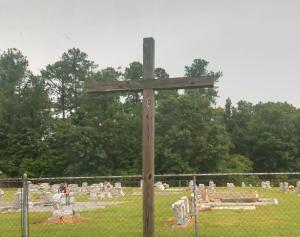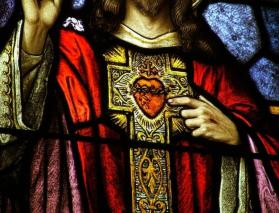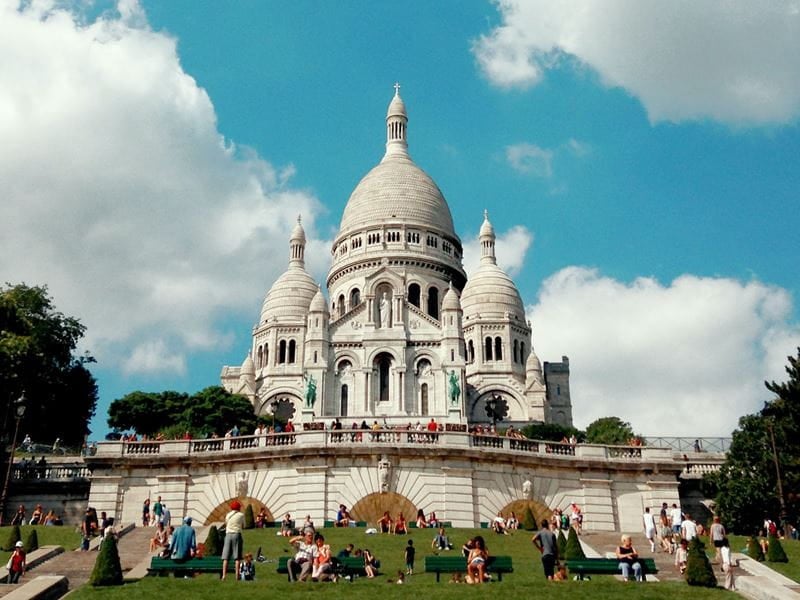
- Trending:
- Pope Leo Xiv
- |
- Israel
- |
- Trump
- |
- Social Justice
- |
- Peace
- |
- Love
The 100 Most Holy Places On Earth
The Basilica of Sacré-Cœur de Montmartre



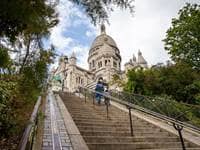
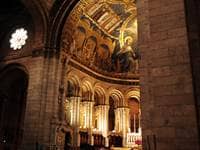
Also Known As:
Sacré-Cœur Basilica, La Basilique du Sacré Cœur de Montmartre, The Basilica of Sacré Coeur de Montmartre.
Associated Faiths:
Also frequented by Christians of other High and Low-Church traditions, in addition to tourists of non-Christian traditions
Accessibility:
Open to visitors.
Annual visitors: 11,000,000
History
The Roman Catholic Sacré-Cœur Basilica is one of France’s oldest and most sacred sites. As one of just over 1,800 “minor basilicas” in the world, it enjoys privileges that simple churches do not. For example, minor basilicas (at the bestowal of the pope) have the right to display the “conopaeum” (or papal umbraculum) and the “tintinnabulum” (or papal bell), suggesting the specific church’s link to the pope.
Certain vestments are also allowed in a minor basilica, which are not permitted for clergy in a church. Each of these components establish that the minor basilica is—like a major basilica—a church of greater significance and rank among the various Roman Catholic houses of worship.
The site on which La Basilique du Sacré Cœur de Montmartre was built—typically referred to as the “butte of Montmartre” or the “mount of the martyrs”—was sacred even in antiquity. Druids once worshipped on this, the highest point in Paris. After them, Romans occupied the hill, worshipping Mars and Mercury there. Sometime after that (circa 5th-6th century AD), Merovingian Christians built what is believed to be the very first Christian church to reside on the hill.
By the 18th century, Benedictine nuns were located on the site. However, during the French Revolution, they were driven out, their abbey was destroyed, and their abbess had her head removed via a guillotine. There currently sits on the site—just next to The Basilica of Sacré Coeur de Montmartre—a small Church of Saint Peter, which is believed to be the oldest (or second oldest) church in Paris. This Petrine edifice is all that remains of the past centers of worship which happened on this spot—whether they be Druid, Roman, or Christian.
The suggestion that a basilica be built on the site was first made in 1870, after France was defeated in the Battle of Sedan (part of the Franco-Prussian War). Morale was low in France, and there had been continual decline since the French Revolution. Thus, the Bishop of Paris felt that a church—dedicated as it would be to the “Sacred Heart of Jesus”—might help the nation heal.
Construction began in 1875, and the building was dedicated in 1919. The Sacré Cœur Basilica was constructed from travertine limestone. Thus, when the basilica gets wet, it emits calcite (or calcium carbonate), which keeps its fine white and remarkably beautiful appearance. Its neo-Byzantine style sets it apart from other Catholic basilicas in Paris and throughout France. Indeed, setting aside the basilica’s crosses (which are not Byzantine), many people have misidentified Sacré Cœur as an Eastern Orthodox church because of its neo-Byzantine domes, gold mosaics, and other seemingly Orthodox architectural motifs.
Being constructed on the highest point of the city of Paris, its elevated status accentuates if prominence and beauty. It’s central and highest dome has a 234-step ascent—with some of those stairs on the interior and others on the exterior of the basilica. Thus, the adventurous pilgrim or tourist can climb to the small look atop the center of the sacred site and see out over the city. From that lookout, one of Paris’ most remarkable views is available. Though not always open to visitors, when it is, one can also descend to the crypt beneath the basilica. There, various treasures and tombs are located, lending a sense of mystery to this fairly modern church which sports a reasonably ancient feel.
Religious Significance
The basilica’s name—Sacré-Cœur—refers to the “Sacred Heart” of Jesus, a familiar Roman Catholic symbol of Christ’s divine love for all of humanity. The name—and its associated commonly employed visual symbol—are a reminder of Christ’s passion, as is the Eucharist and the Mass celebrated in the Basilica of Sacré Coeur de Montmartre. The flames associated with the “sacred heart” remind the viewer of Christ as the fulfilment of the “burnt offerings” of the Hebrew Bible (or Old Testament). The rays of light radiating from it are a reminder that Jesus is the “light of the world.” The crown of thorns commonly depicted on the image of the “sacred heart” are a reminder of how Christ has and does suffer in His heart because of the sins of humankind—the sins of you and of me. And the cross of the “sacred heart” is a summation of his passion or ransom sacrifice.
Thus, those who visit the Basilica of Sacré Coeur cannot help but be reminded (because of its name) of the common iconographic representation of the “Sacred Heart of Jesus”—and through thinking about that, one is reminded of why this is a “sacred space.” In is in this basilica that the penitent Christian can partake of the various sacraments of the Church, and thereby access the grace of Jesus’ sacred heart.
Mountains have always been associated with temples and communion with the divine. The ancients believed that the very first bit of land that came out of the waters, when God divided the waters from the land, became a sanctified and holy place; a proto temple, of sorts. Moses ascended Mount Sinai to receive God’s law. The ancient temples of Judaism were built on the “Temple Mount.” Mountains carried the connotation of communion with the divine because one ascended a mountain to get physically closer to God, and to remove oneself from the distractions of this fallen world.
The Basilica of Sacré Coeur de Montmartre, built on the “mount of the martyrs,” is a temple of sorts. Just being in this “sacred space” causes your heart and thoughts to turn heavenward. The higher elevation is a reminder of the pilgrims’ need to draw closer to God. The sacraments of the Church, as performed therein, allow the parishioners to be in “communion” with the divine. And the uniqueness of this holy house leaves one with a sense of the “other worldly” nature of “sacred spaces.”
The Sacré-Cœur Basilica marks the spot of the martyrdom of Saint Denis—the patron saint of Paris, and a saint in Catholic, Orthodox, and Anglican tradition. Denis was beheaded, along with a couple of other clergy, on this very spot—because it was the equivalent of a pagan temple at the time (circa 3rd century CE). So successful in converting pagans to Christianity, the Druid priests became enraged at Denis and his compatriots and beheaded the three of them at their pagan precinct.
While the martyr’s remains are not in the Basilica, but elsewhere in the city, the site is sacred for what the saint did on it. For it was there that Denis set the example of giving one’s life for the cause of Christ. And pilgrims and tourists alike, if they are aware of the story of the famed martyr, are reminded (by this “sacred site”) of the need for all followers of Christ to “give their lives” for the cause—not through martyrdom, but through living for and like Christ.


